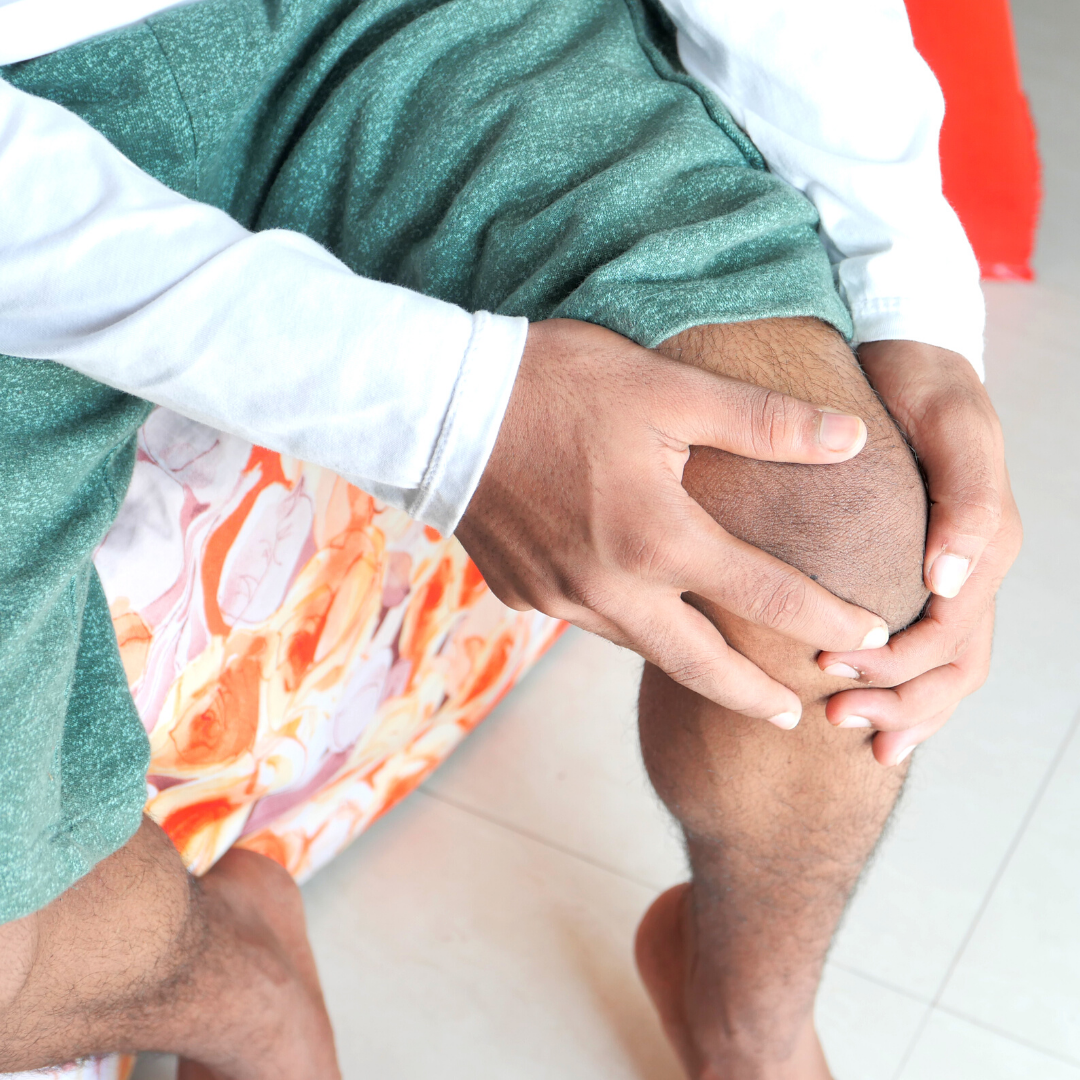Randy Johnson on the San Francisco Giants can’t throw for at least 3 weeks due to a tear in his rotator cuff. Putting the Big Unit on the DL drew attention to the importance of the rotator cuff.
This past week, we all learned that Randy Johnson on the San Francisco Giants will be unable to throw for at least three weeks due to a tear in his rotator cuff. The placing of the Big Unit on the DL, as well as the return of former Met all-star Pedro Martinez to the Phillies, have drawn attention to the importance of the rotator cuff in throwing and overhead athletes.
The rotator cuff consists of four muscles that act together to stabilize and move the shoulder joint. Due to the function of these muscles, sports that require demanding overhead activities, such as tennis, baseball, or swimming, put the rotator cuff muscles under an undue amount of stress.
A rotator cuff tear indicates a defect in the tendon that connects the rotator cuff muscle to the bone (humeral head). While these tears can occur from a single traumatic event, they are more commonly seen in athletes due to repetitive wear and tear activities that strain and fail the tendon over time. Sometimes, a narrow space for passage of the tendon underneath the shoulder blade can result in direct mechanical abrasion of the tendon and has been commonly called impingement syndrome. Unfortunately, rotator cuff tears do not heal on their own. In addition, tears have been shown to get bigger over time and can, unfortunately, lead to irreversible changes that make them hard or even impossible to repair.
Athletes with rotator cuff tears may complain of stiffness and pain during warm-up exercises. Pain is often most prominent during the acceleration phase of throwing or serving. Pitchers will often complain of weakness and a loss of velocity or ability to “control their pitch” at the mound. Depending on the severity of the tear, the player may have obvious weakness during an examination. In athletes and non-athletes alike, the diagnosis of rotator cuff pathology is made by an MRI or ultrasound, with MRI being more commonly used.
In most cases, a trial of conservative treatment is warranted. This involves stretching and strengthening the rotator cuff muscles as well as the muscles that stabilize the scapula (or shoulder blade). Oftentimes, by strengthening the other muscles in and around the shoulder, one can compensate for a small tear in one of the rotator cuff tendons. When non-operative management fails, surgery can be considered.
Several factors influence the decision to pursue surgical treatment, including tear size and pattern, patient expectations, medical co-morbidities, and occupational demands. Surgical techniques have considerably improved, such that most rotator cuff tears can be treated and successfully repaired arthroscopically with a minimally invasive approach. Rehabilitation exercises, however, are of tantamount importance to the surgery itself and play a critical role in the short-term recovery and long-term health of the shoulder.
Ninety to 95 percent of people undergoing surgery for rotator cuff tears typically have good to excellent outcomes. The results in professional baseball players, however, have been less promising. In a study by Dr. James Andrews, professional pitchers had a hard time returning to their previous level of play after rotator cuff surgery (though this surgery was done through an open incision, not arthroscopically).
Hopefully, Randy Johnson will respond well to the rest and therapy. That being said, if you suspect you have a rotator cuff tear, it is best to seek evaluation and develop a treatment plan with your sports medicine or shoulder orthopaedic specialist.



